1. What is inertial navigation
To understand what inertial navigation is, we first need to break the phrase into two parts, that is, navigation + inertia.
Navigation, in simple terms, solves the problem of getting from one place to another, indicating the direction, typically the compass.
Inertia, originally derived from Newtonian mechanics, refers to the property of an object that maintains its state of motion. It has the function of recording the motion state information of the object.
A simple example is used to illustrate inertial navigation. A child and a friend play a game at the entrance of a room covered with tiles, and walk on the tiles to the other side according to certain rules. One forward, three left, five front, two right... Each of his steps is the length of a floor tile, and people outside the room can get his complete motion trajectory by drawing the corresponding length and route on the paper. He doesn't need to see the room to know the child's position, speed, etc.
The basic principle of inertial navigation and some other types of navigation is pretty much like this: know your initial position, initial orientation (attitude), the direction and direction of movement at each moment, and push forward a little bit. Add these together (corresponding to the mathematical integration operation), and you can just get your orientation, position and other information.
So how to get the current orientation (attitude) and position information of the moving object? You need to use a lot of sensors, in inertial navigation is the use of inertial instruments: accelerometer + gyroscope.
Inertial navigation uses gyroscope and accelerometer to measure the angular velocity and acceleration of the carrier in the inertial reference frame, and integrates and calculates the time to obtain the velocity and relative position, and transforms it into the navigation coordinate system, so that the carrier's current position can be obtained by combining the initial position information.
Inertial navigation is an internal closed loop navigation system, and there is no external data input to correct the error during the carrier movement. Therefore, a single inertial navigation system can only be used for short periods of navigation. For the system running for a long time, it is necessary to periodically correct the internal accumulated error by means of satellite navigation.
2. Gyroscopes in inertial navigation
Inertial navigation technology is widely used in aerospace, navigation satellite, UAV and other fields because of its high concealment and complete autonomous ability to obtain motion information. Especially in the fields of micro-drones and autonomous driving, inertial navigation technology can provide accurate direction and speed information, and can play an irreplaceable role in complex conditions or when other external auxiliary navigation signals fail to play the advantages of autonomous navigation in the environment to achieve reliable attitude and position measurement. As an important component in inertial navigation system, fiber optic gyro plays a decisive role in its navigation ability. At present, there are mainly fiber optic gyroscopes and MEMS gyroscopes on the market. Although the precision of the fiber optic gyroscope is high, its entire system is composed of couplers,
modulator, optical fiber ring and other discrete components, resulting in large volume, high cost, in the micro UAV, unmanned and other fields can not meet the requirements for its miniaturization and low cost, the application is greatly limited. Although MEMS gyro can achieve miniaturization, its accuracy is low. In addition, it has moving parts, poor resistance to shock and vibration, and is difficult to apply in harsh environments.
3 Summary
Ericco's fiber optic gyroscope ER-FOG-851 is specially designed according to the concept of traditional fiber optic gyroscopes, with a small size of 78.5*78.5*35mm; Light weight, less than or equal to 300g; Low power consumption, less than or equal to 4W; Start fast, start time is only 5s; This fiber optic gyroscope easy to operate and easy to use, and is widely used in INS, IMU, positioning system, north finding system, platform stability and other fields.
The accuracy of our ER-FOG-851 is between 0.05 and 0.1, and the 851 is divided into ER-FOG-851D and ER-FOG-851H. The biggest difference between these two fiber optic gyroscope is that the measurement range is different, of course, the accuracy is different, and the measurement range of ER-FOG-851D is wider. The application range is naturally wider than the ER-FOG-851H. Our fiber optic gyroscope can be used in inertial navigation, you can make a detailed choice according to the accuracy value and measurement range, you are welcome to consult us at any time and get more technical data.
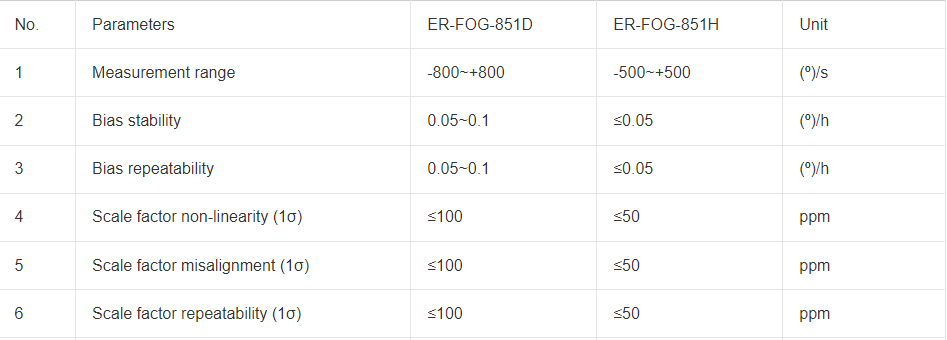
More Technical Questions
1.Analysis of Main Performance Parameters of Fiber Optic Gyroscopecope?
2.Precision Analysis of Fiber Optic Gyro Engineering Structure Deformation Detection
3.Research on miniaturization technology of fiber optic gyroscope
4.Ripple Free Minimum Beat Control of Closed-loop FOG Gyro
5.Analysis of Performance Index of Fiber Optic Gyroscope
6.Research on Operating Error of Fiber Optic Gyro across Stripes
Products in Article
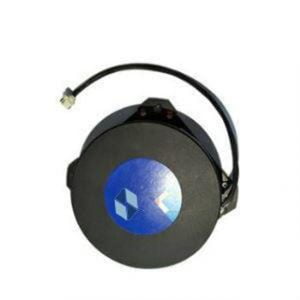
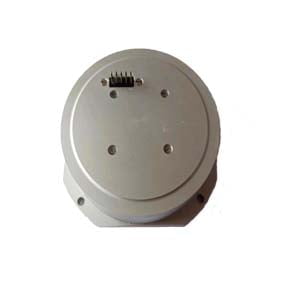
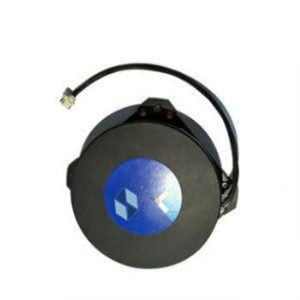
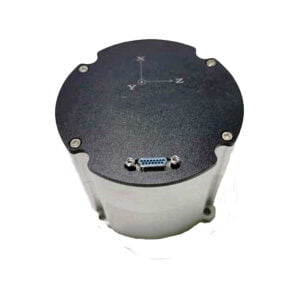
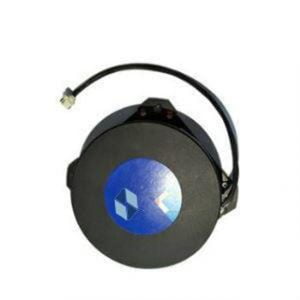
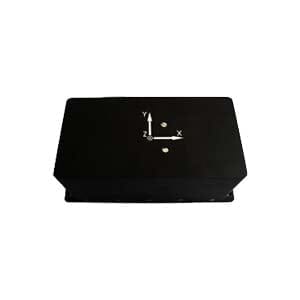 FOG IMU
FOG IMU
